Quite interestingly, having finished in a rather disappointing seventh place in both the 1946/47 and 1947/48 seasons, the following 1948/49 campaign started in exactly the same way as those previous two seasons that following the end of the war, with a goal scored by the new ‘King of The Hawthorns’ Dave Walsh, a brilliant goal scoring Irishman, whose goals, Fred Everiss was convinced would get Albion promoted eventually, the former Linfield sharp-shooter scoring on this occasion against Nottingham Forest at the City Ground, Nottingham.
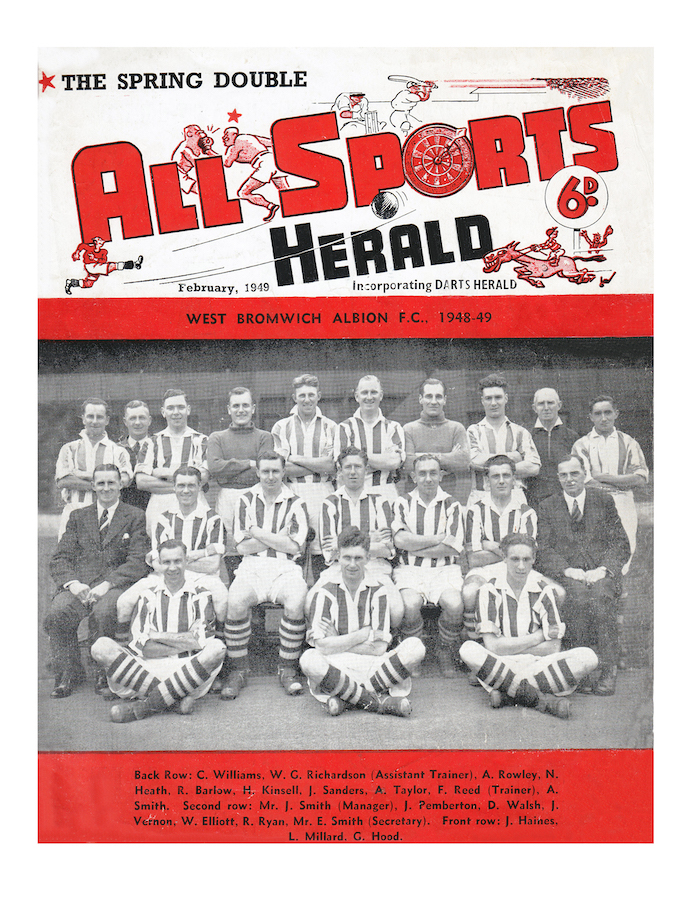
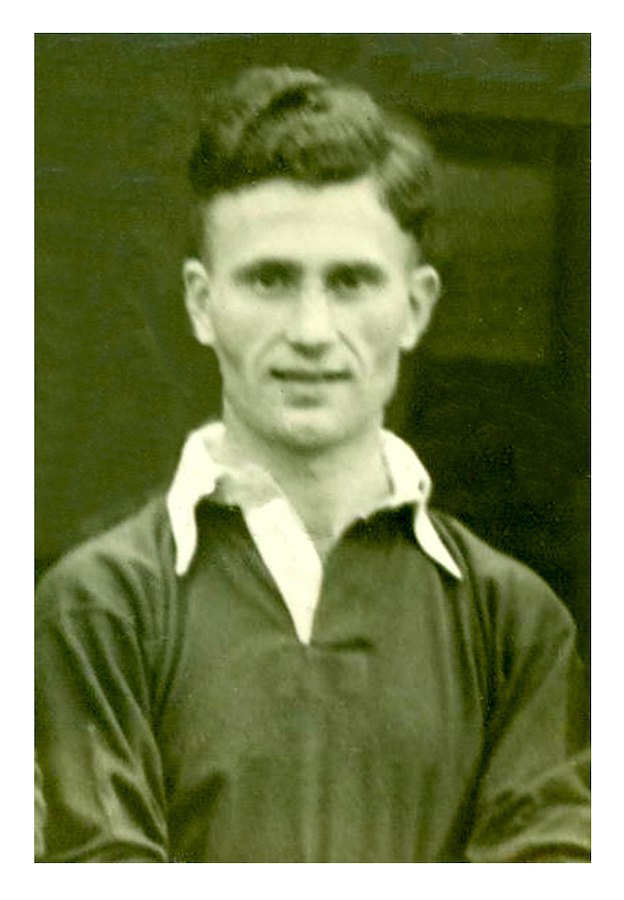

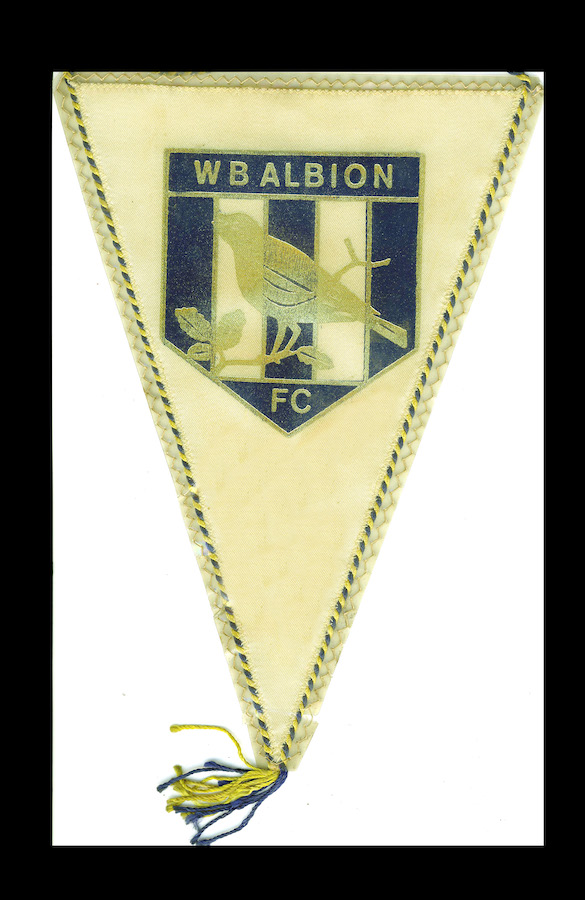
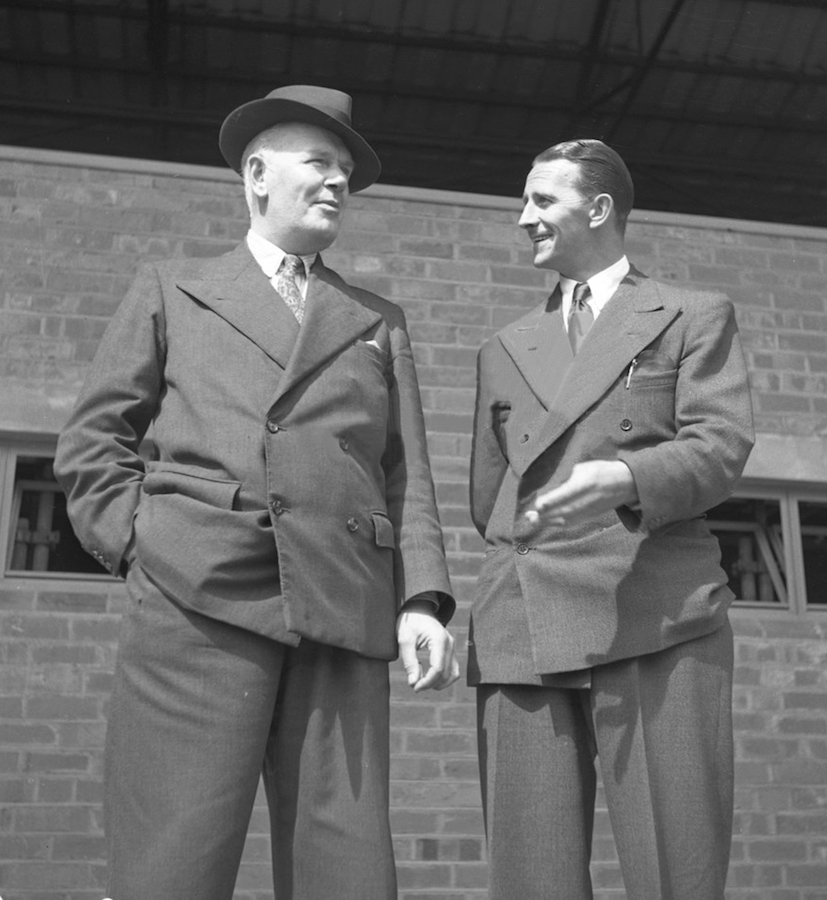
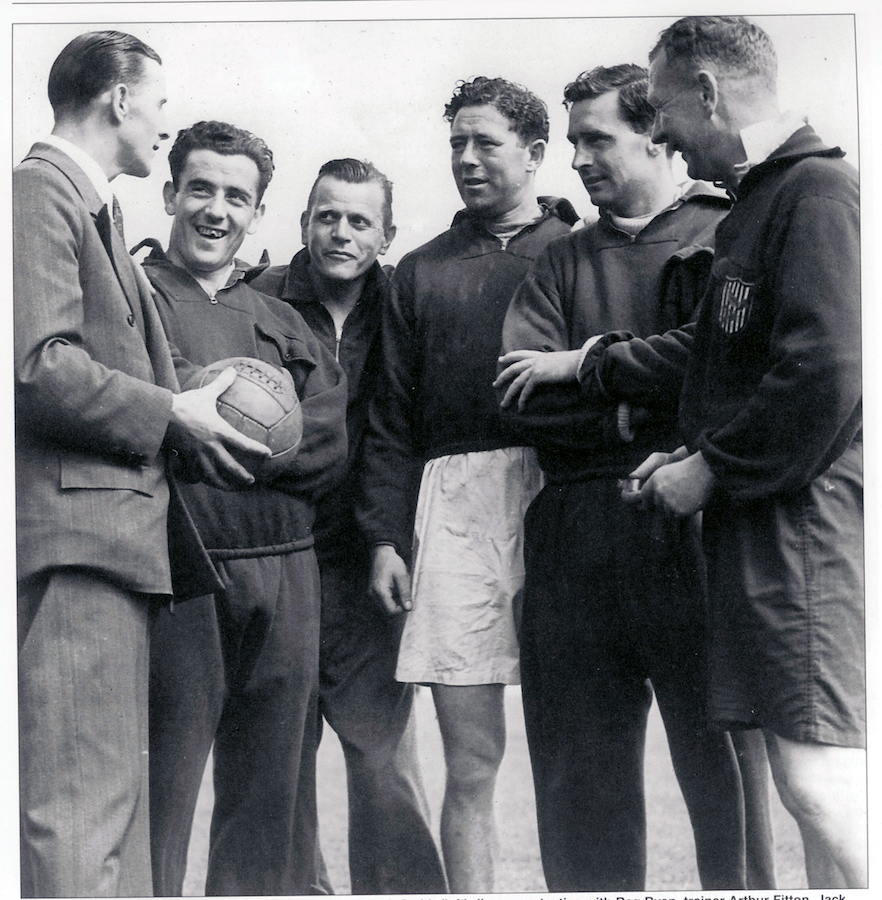
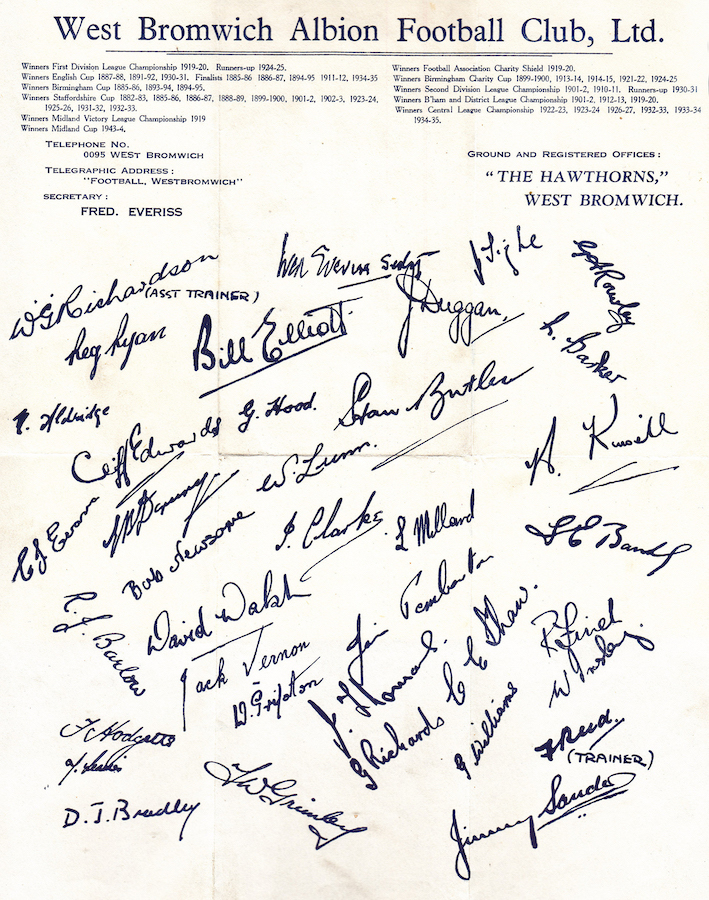
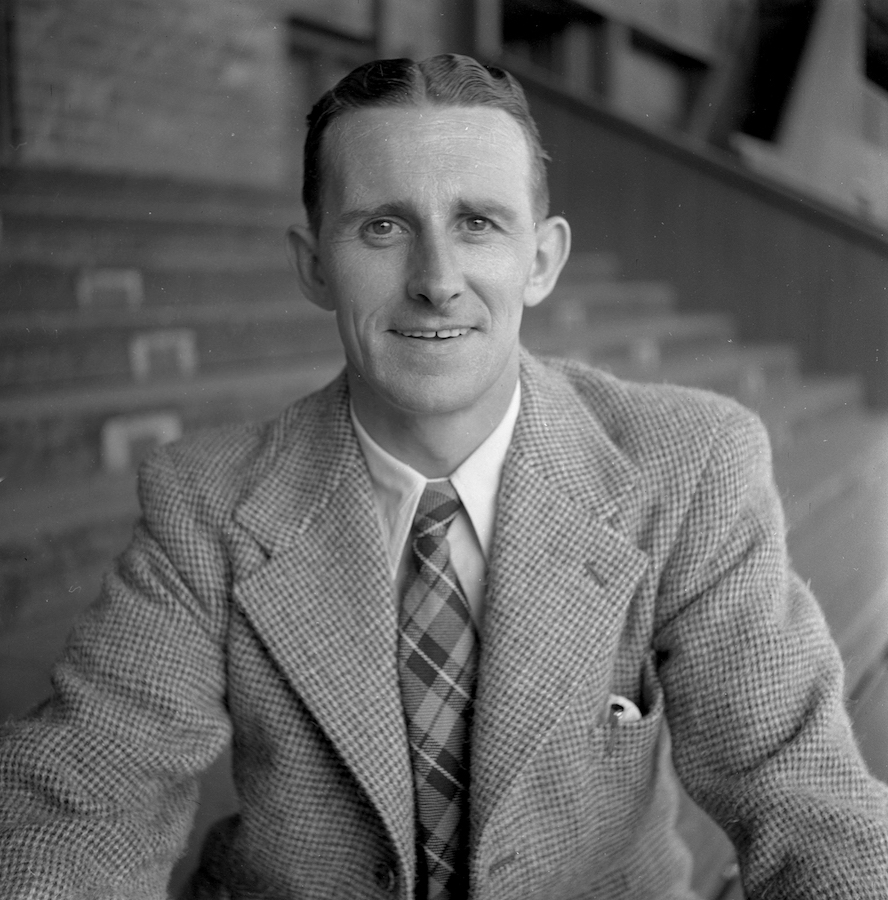
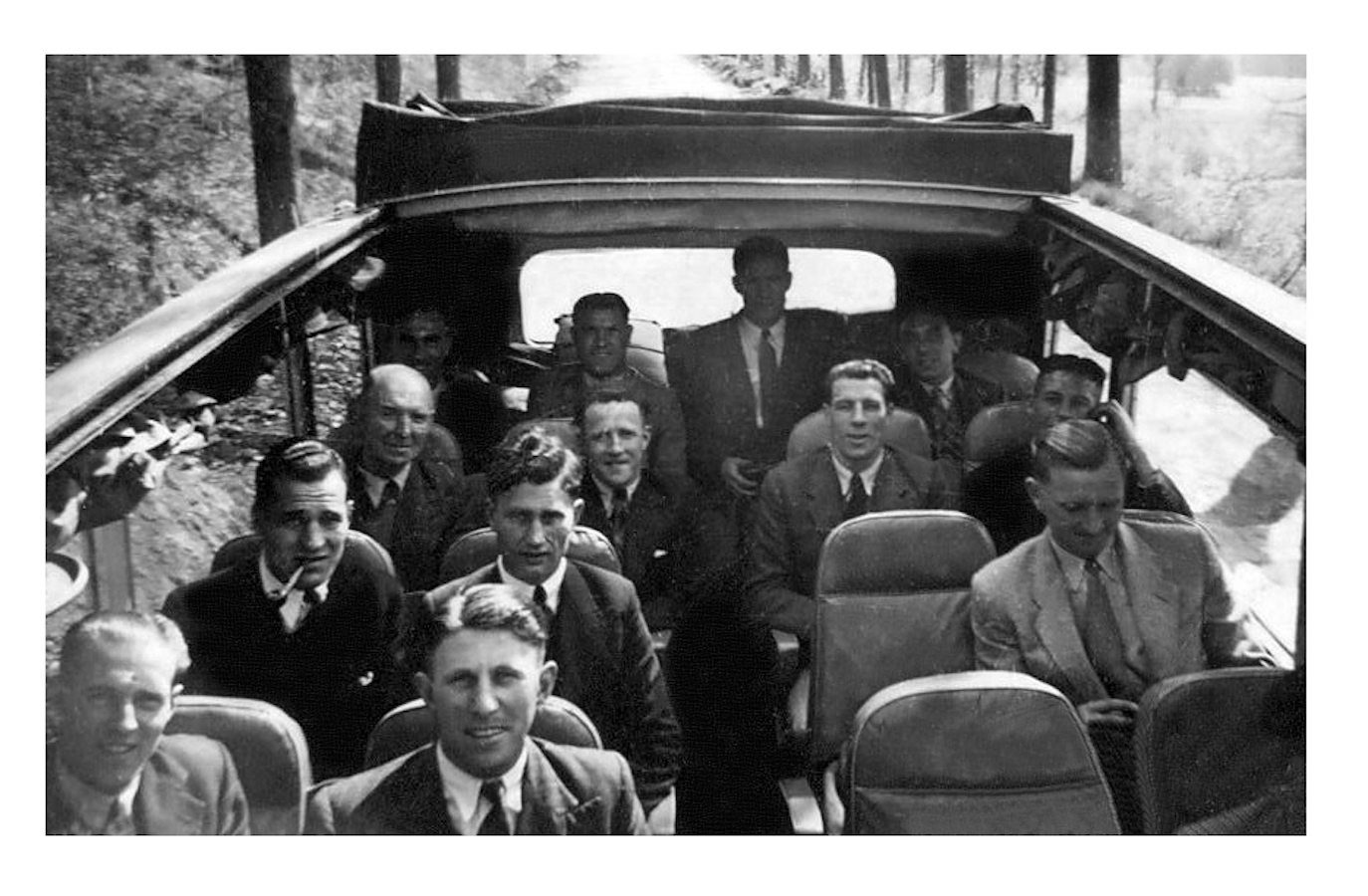
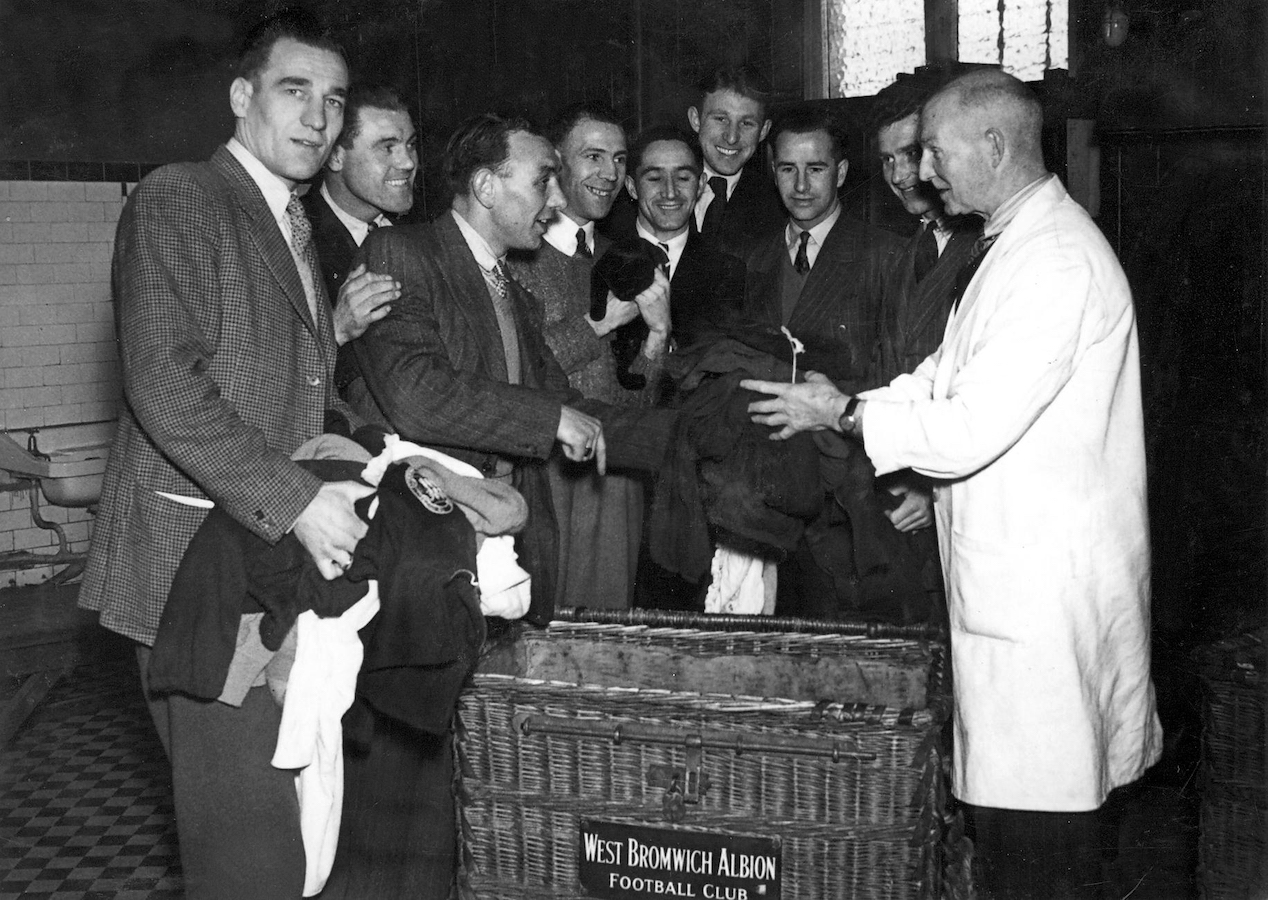
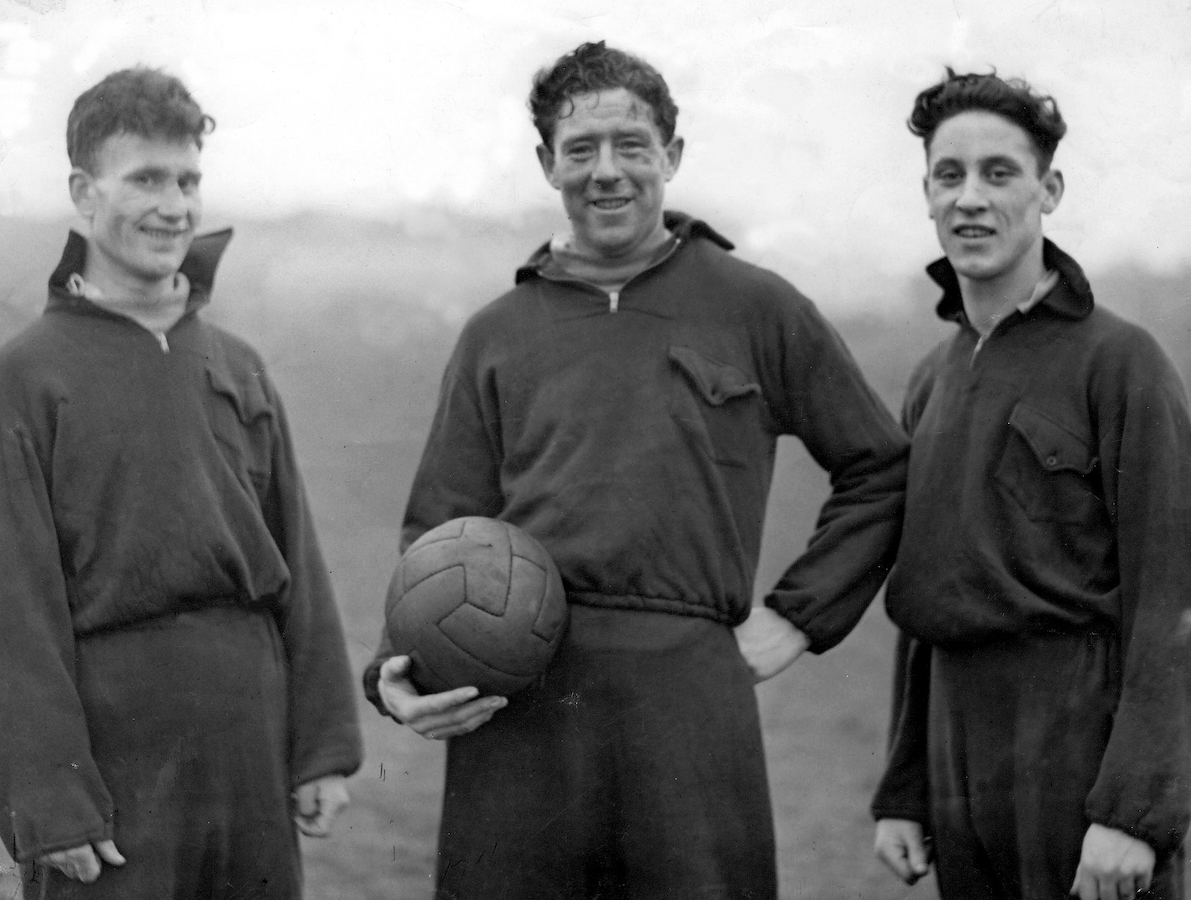
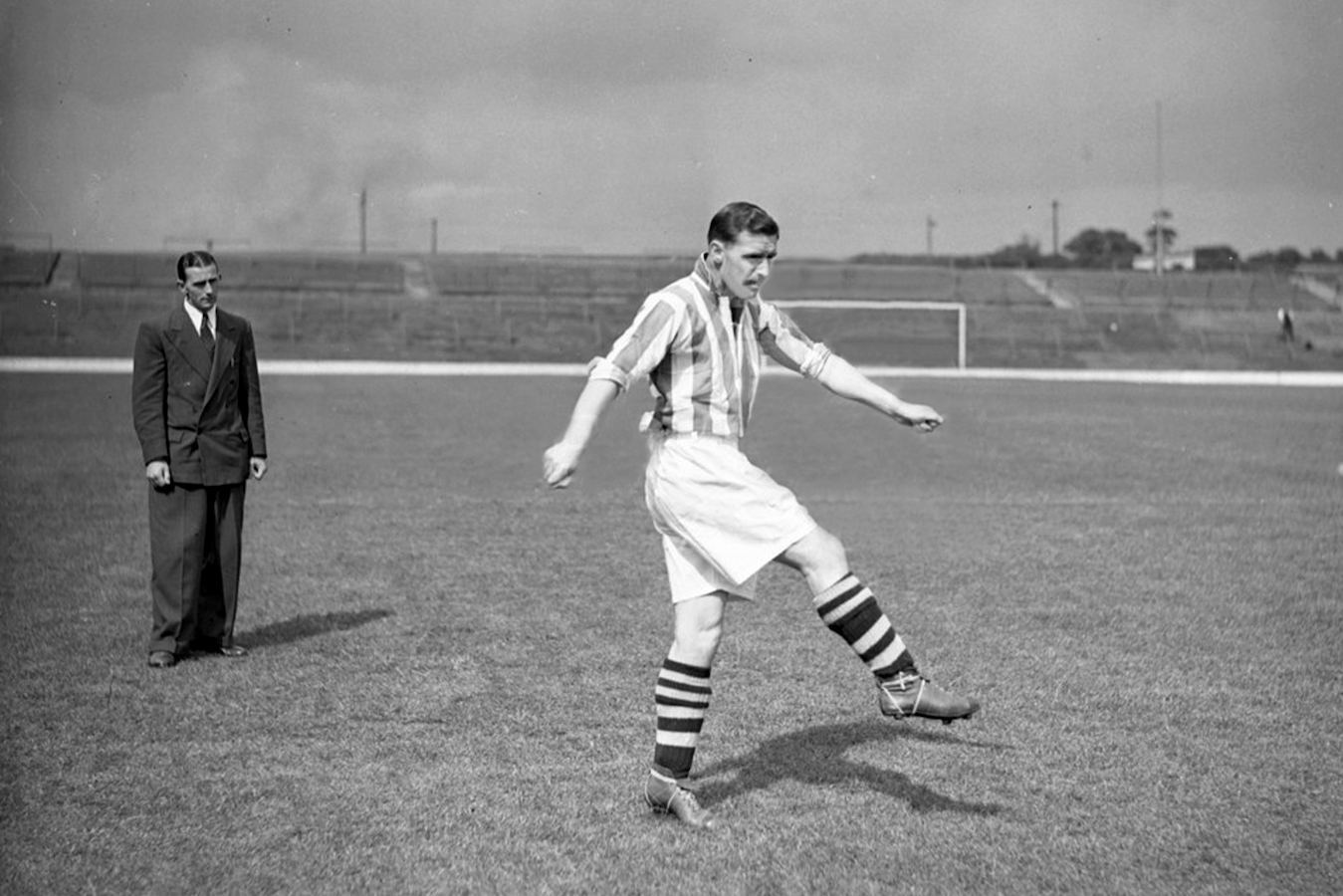
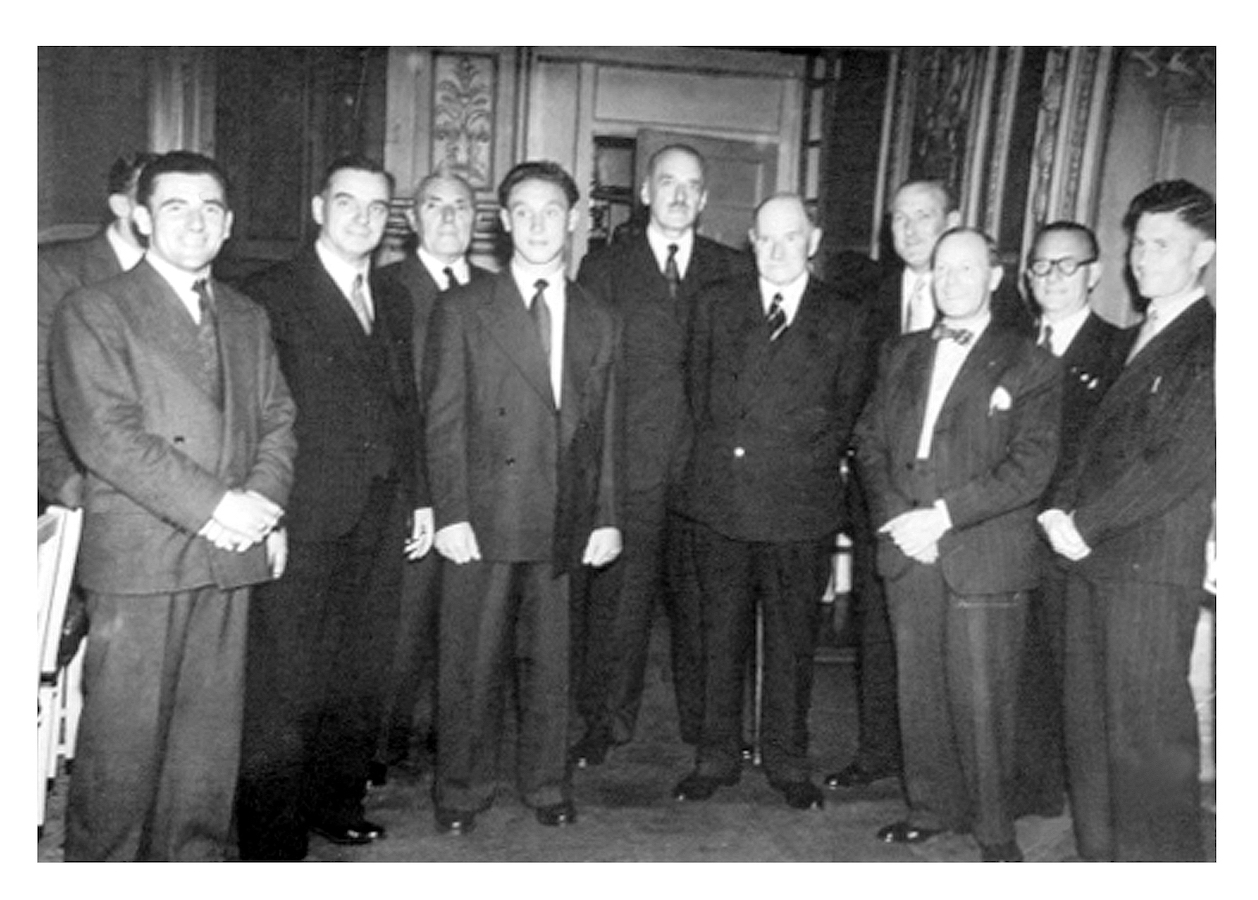
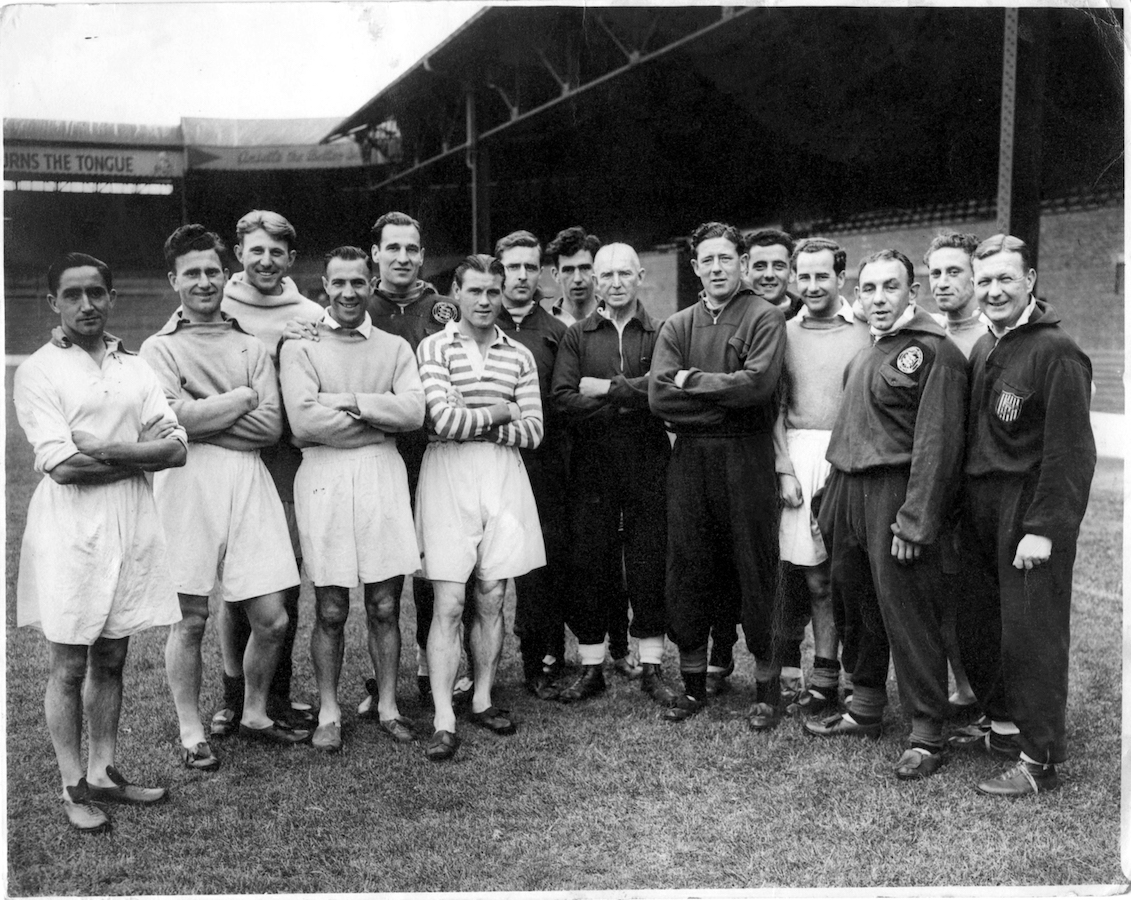
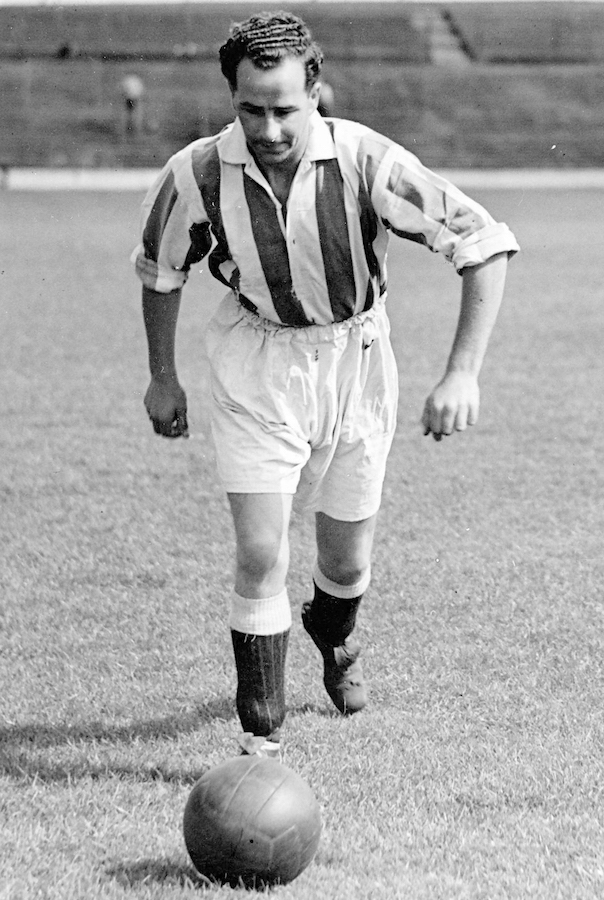
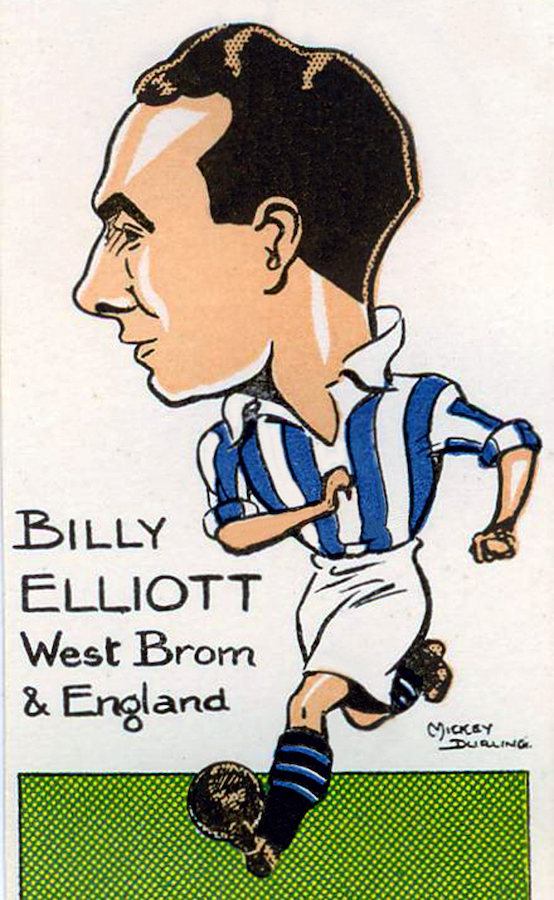
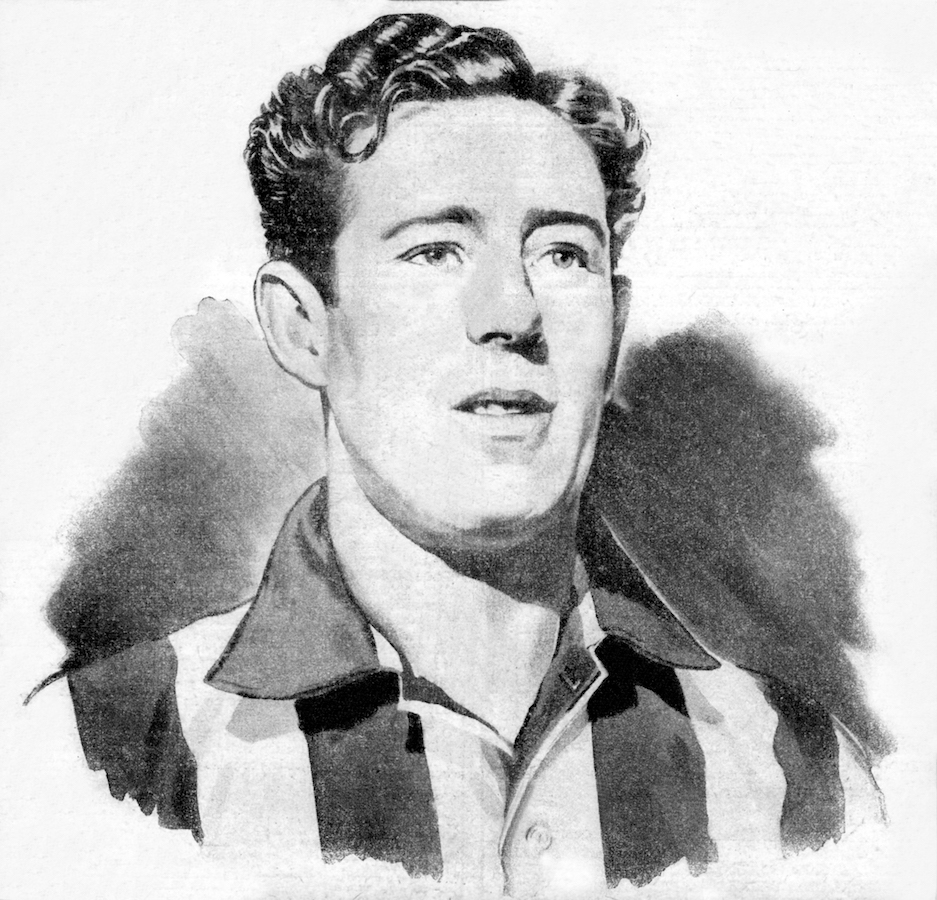
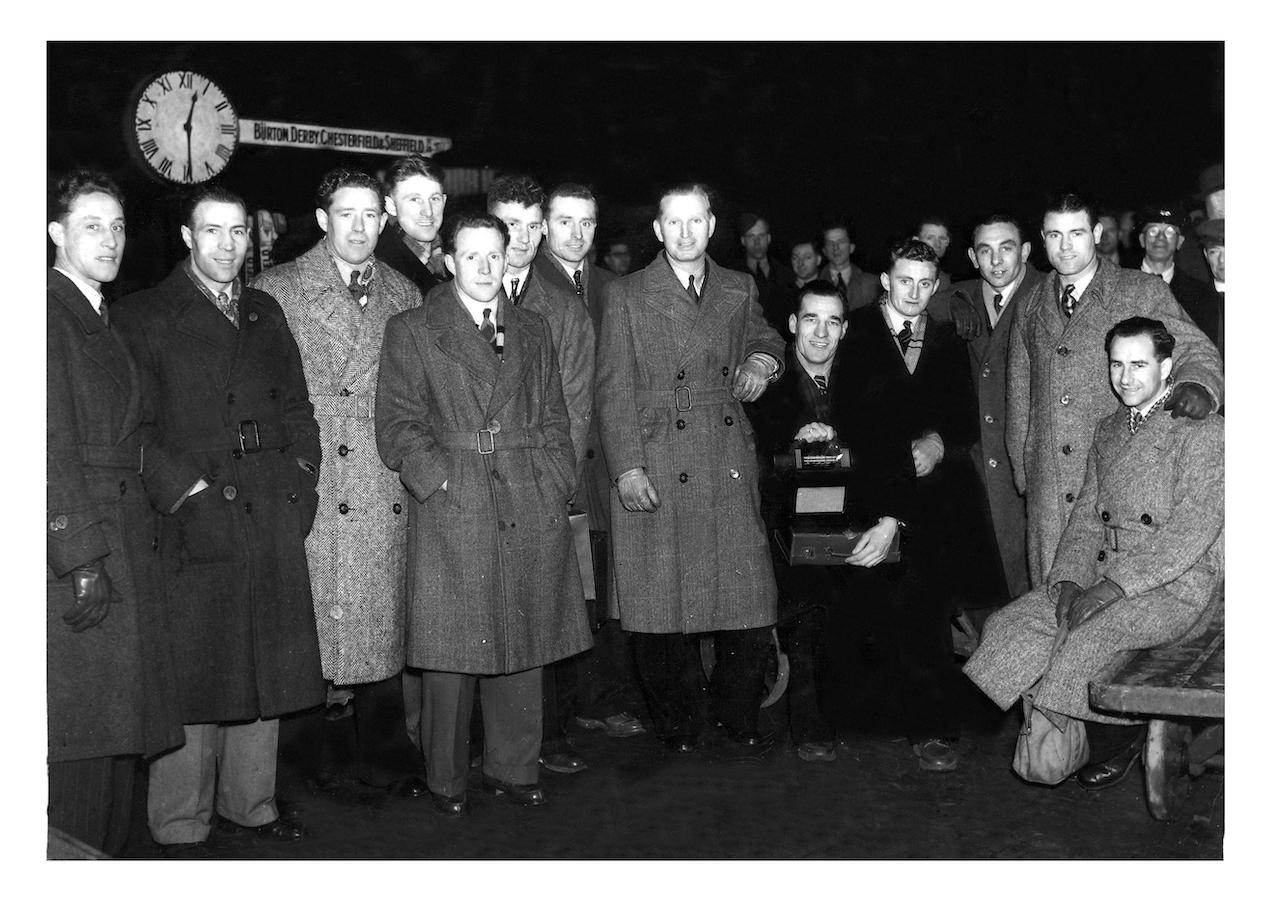
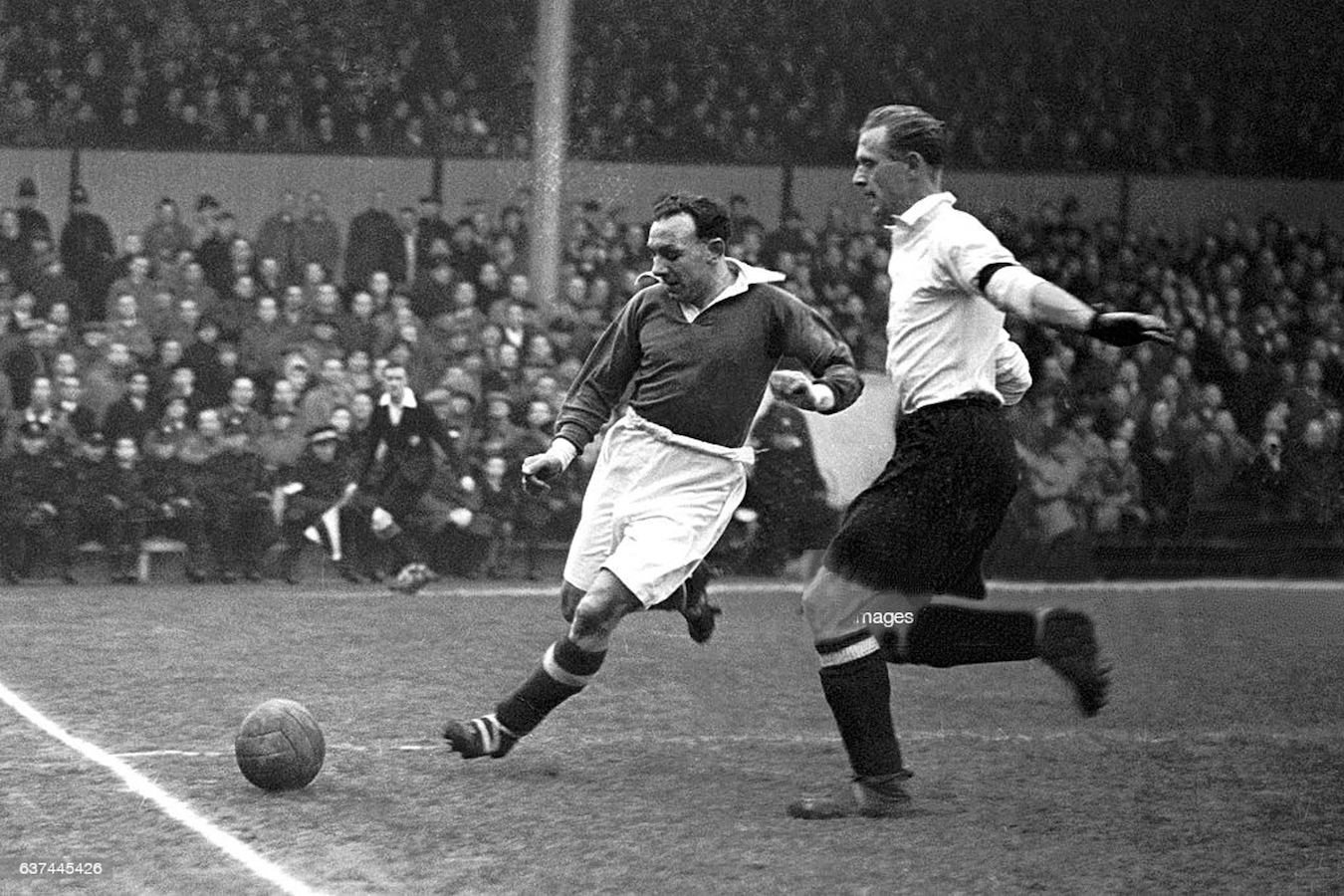
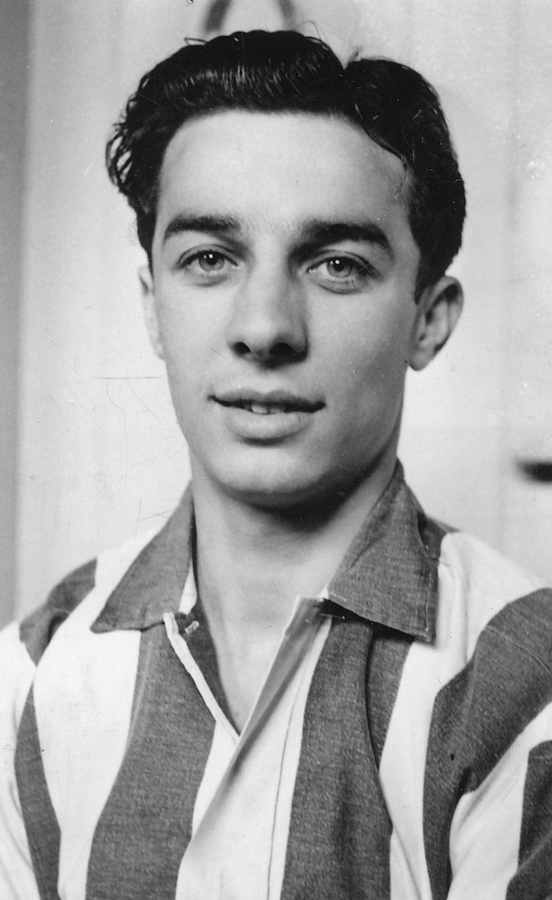
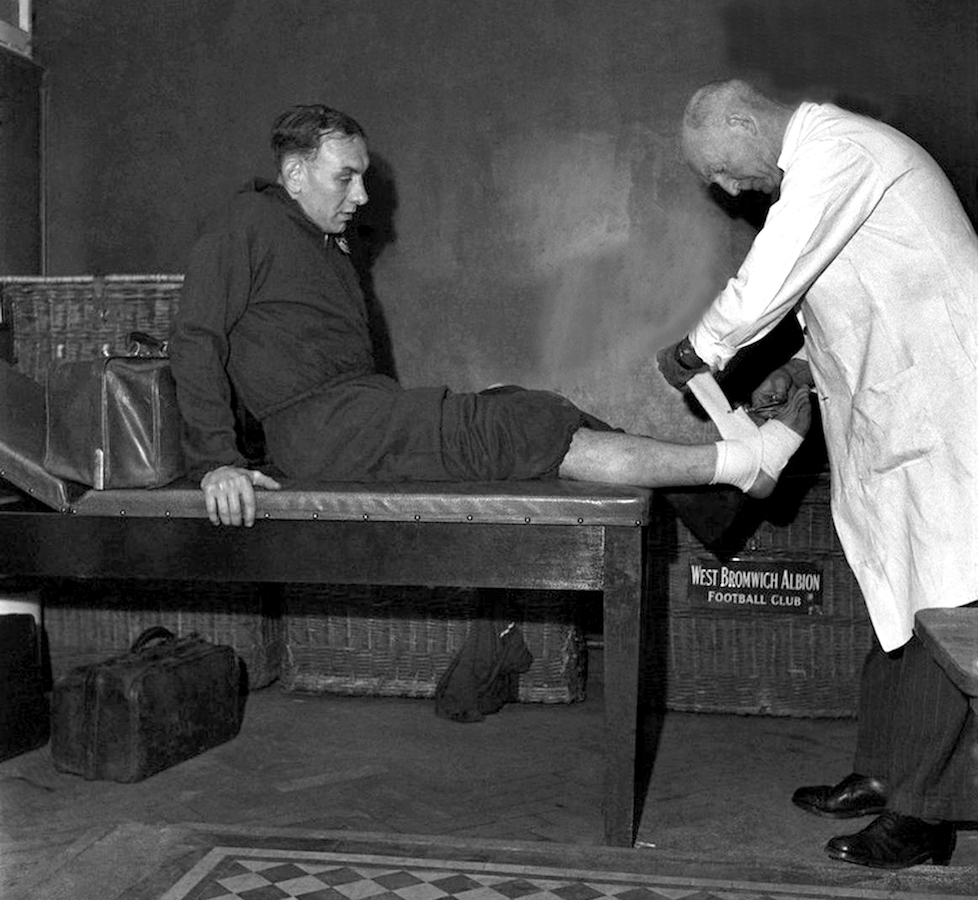
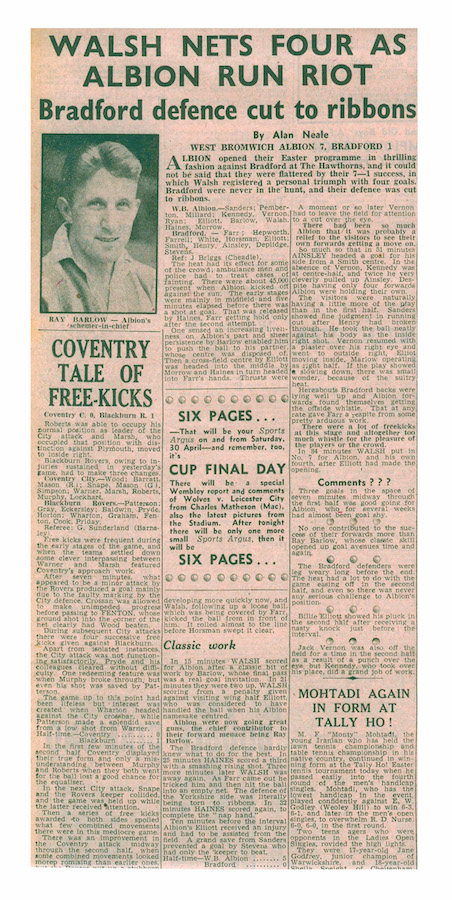
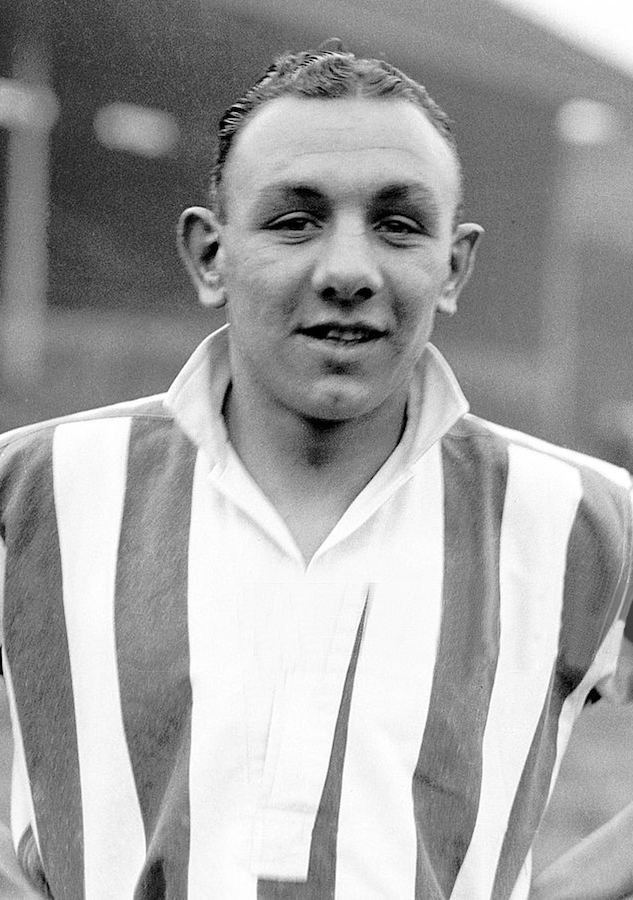
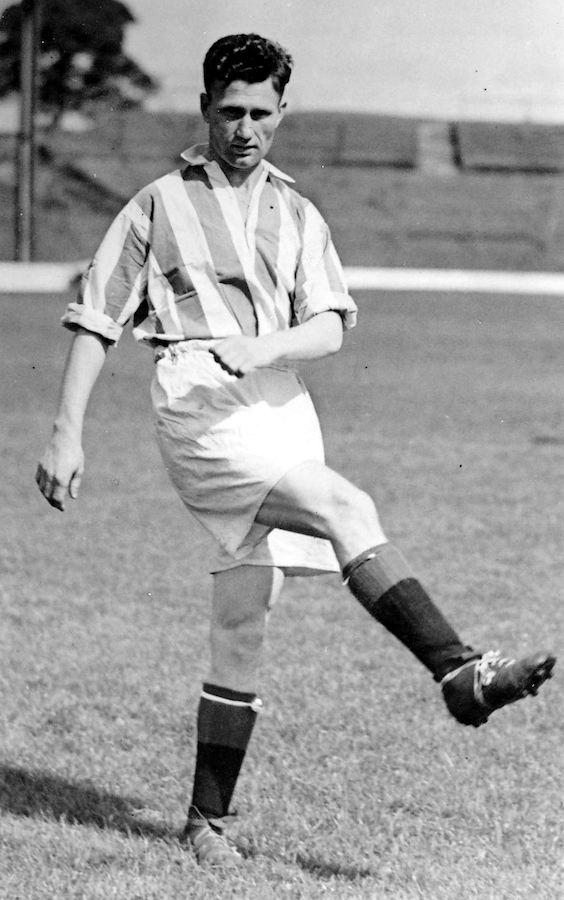
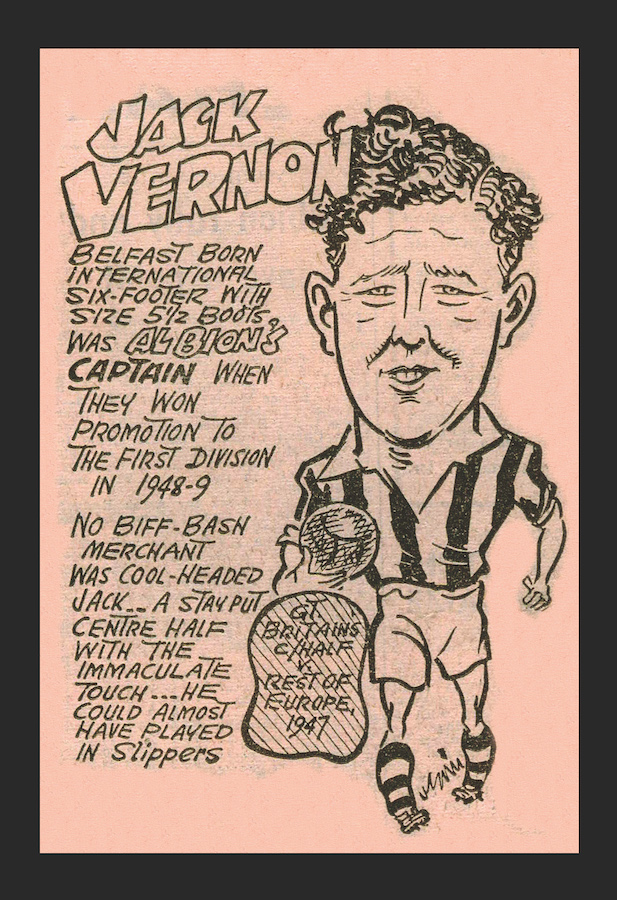
Albion won that game 1-0, on a very damp August afternoon in the East Midlands, courtesy of Walsh’s goal on 55 minutes, the Irishman smashing home Billy Elliott’s pin point cross to the back post. Albion’s predatory goal scoring machine would be the club’s top marksman for the third season in succession since football resumed after the hostilities, with 28 goals as Albion joined the ‘champions’ Fulham in promotion back to the First Division at the conclusion of the 1948/49 campaign, under the management of new ‘boss’ Jack Smith.
England international Jack Haines, a hugely accomplished inside forward, would be the only other player into double figures as far as goal scoring was concerned during that successful promotion campaign, but there would be immense contributions from all other players in that promotion squad, that pushed Fulham and third placed Southampton all the way in what turned out to be a thrilling race to achieve that promotion ‘goal’. Right winger Billy Elliott was perhaps the real star of the show, so influential, missing just two games during the season, the speedy right winger being that pivotal key figure who kept the attack ‘ticking’. Walsh himself would miss just one game in the campaign, away to Fulham in the October, Len Millard the same, missing just one game at home to Leicester City in September, with war hero turned goalkeeper Jim Sanders the only ever present in that promotion adventure. Jim served with the Royal Air Force during the hostilities, and flew an amazing number of missions as a Lancaster Bomber tail gunner before being seriously injured in one raid over Germany, and told that he would never play football again. Little did they know, how resilient this stoic Londoner would be, without doubt a true hero in more ways than one.
I suppose, a lot of the credit would have to go to the new man in charge Jack Smith, who certainly ‘bonded’ that exceptional group of players, but most of the accolades had to go to the great man of Albion Fred Everiss who had quite literally nurtured that side, as he had done with so many Albion sides down the years, that he built and re-built, it almost became accepted. Fred Everiss quite simply was the glue behind everything that was good about the football club throughout half a century, after taking over in such a prominent position in 1902, and it is absolutely true to say, that every-one of the players that helped the club to achieve promotion that season were ‘Everiss men’ including debutants Joe Kennedy, who would go on the make 397 appearances for the club, Hugh Morrow, Cyril Williams, Jack Boyd, Bobby Barker, Sammy Cox, Eddie Wilcox, Arthur Smith, Ernie Shepherd, who switched to champions Fulham, and of course Ray Barlow, who was recommended to the Albion chief by former player Jimmy Cookson, Fred taking one look and had the lanky inside forward signing on the dotted line as an amateur straight away! All those wonderful players had a stake in what the club achieved that season, but they all owed it to just one man….Fred Everiss, who had put his health and finances on the line to keep the football club afloat.
Of all those players, Joe Kennedy, along with Barlow was the standout performer, coming to the Hawthorns as predominantly an inside forward, but playing and indeed being perfectly at home in virtually every position, playing at inside forward, full back, wing half and centre half during his time at The Hawthorns. It was indeed Kennedy, playing at inside right who scored one of the three vital goals along with Dave Walsh and Ray Barlow in the 3-0 win at Leicester against the cup finalists, clinching promotion on 5th May 1949. Kennedy would also go on to win an F.A Cup winners medal at Wembley with Albion in 1954, along with Sanders, Millard and Barlow, and another young Irishman who played a handful of games that season, Reg Ryan.
Back in the top flight once again, it was always going to be a tough ask for Albion, who hadn’t played at that level since relegation in 1938, and of course enduring six years of global conflict, but they opened up the new First Division campaign with a Cyril Williams winner at home to Charlton Athletic on August 20th 1949, a game played in front of a near capacity Hawthorns attendance of over 49,000 fans, with 50,000 also turning up for the home ‘derby’ against Birmingham City on 31st August. Cyril Williams netted again in the opening month, with a goal on 35 minutes at Old Trafford against Manchester United, only to be denied a victory in the very last minute of the game, when Pearson headed the home side’s equaliser. Albion’s goal scoring machine Dave Walsh, didn’t register his first goal of the First Division campaign until that ‘derby’ win over Birmingham City, but would miss just five games during that first season back in the top flight, scoring fifteen league goals, to finish top scorer once again, but would ‘fall out’ with the Albion board the following season over finances and eventually leave the club for neighbours Aston Villa, where he would become a goal scoring hero to the Villa Park masses, as he had been at The Hawthorns.
Nearly forty five thousand fans packed into Old Trafford on August 27th 1949, following a similar attendance at St Andrews, Albion losing 2-0 in the first ‘leg’ of the Midlands ‘derby’ and in fact First Division attendances that season rarely dropped below 30,000, the same could be said for Hawthorns attendances that quite amazingly rarely dropped below 40,000 as the ‘Throstles’ more than held their own in the top flight that season, with a staggering record crowd of 60,945 inside the ‘Shrine’ to watch Albion play their Staffordshire rivals Wolverhampton Wanderers on March 4th 1950, the day that a young man from the ‘Potteries’ by the name of Ronnie Allen scored on his debut in a 1-1 draw. Legend has it, that Ronnie turned up at the players’ entrance in Halfords Lane on the day, and was refused access by the club doorman, not knowing who Allen was and refused him entry. Assistant Secretary Ephraim Smith having to rescue Albion’s new £20,000 signing from Port Vale, who would of course be an immediate hit with the fans at his new club.
Allen, who would make his name as a deep lying centre forward with the club, actually signed as a right winger, and would score a total of five goals from the wing that season with Dave Walsh, still doing what he did best, scoring a hatful of goals at centre forward, the Irishman, with fifteen goals comfortably ahead of the eight scored by Cyril Williams and the seven scored by Billy Elliott. Aside from Ronnie Allen, two other key players in the years to come, Jimmy Dudley and George Lee would also make their debut’s for the club in the 1949/50 campaign, with Stan Rickaby, a full back who had made his name in the North East with Middlesbrough, moving south to the Midlands making his first appearance for the club on the last day of the season against Manchester City at The Hawthorns on 29th April 1950, in front of the smallest Hawthorns crowd of the season just 16,780, present that day, as Albion drew 0-0 with already relegated City. However, the nucleus of the side that would win the F.A Cup at Wembley in May 1954 was slowly taking shape, Albion finishing in a hugely respectable fifteenth place in the First Division, in their first season back in the top flight.

